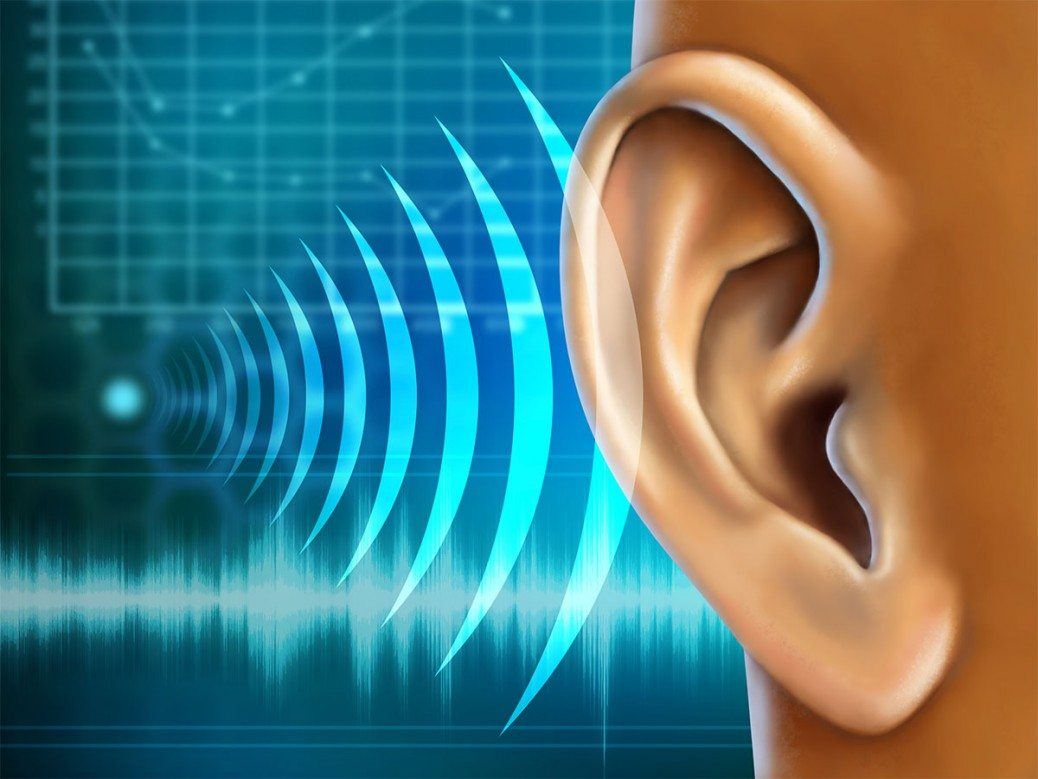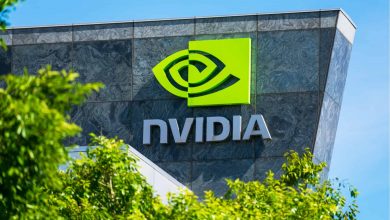Digital sound processing and mixing have revolutionized the field of audio production, enabling artists and engineers to create immersive auditory experiences. This article delves into the world of digital sound processing and mixing techniques, exploring the tools, concepts, and methods used to manipulate and enhance audio elements. From understanding equalization and compression to harnessing spatial effects and achieving professional-level mixes, this article offers a comprehensive guide to unlocking the potential of digital audio processing.
Introduction: In the realm of modern audio production, digital sound processing and mixing techniques are indispensable for crafting polished and captivating auditory compositions. This article highlights the significance of digital audio processing and mixing and provides insights into how these techniques can elevate sound quality and creative possibilities.
Digital Sound Processing Fundamentals:
- Equalization (EQ): Exploring EQ techniques to modify the frequency content of audio signals and achieve tonal balance.
- Compression: Understanding dynamic range compression to control and balance audio levels.
- Reverb and Delay: Harnessing spatial effects like reverb and delay to create depth and dimension within audio tracks.
Advanced Sound Manipulation Techniques:
- Modulation Effects: Utilizing modulation effects like chorus, flanger, and phaser to add movement and texture to sound.
- Pitch Correction and Time Stretching: Applying pitch correction and time stretching to achieve desired tonal characteristics and timing.
Mixing Strategies:
- Signal Routing: Understanding signal flow and routing to optimize audio tracks within a mix.
- Panning and Stereo Imaging: Balancing audio elements using panning and stereo imaging to create a well-defined soundstage.
- Automation: Implementing automation to control parameters over time, enhancing dynamic changes in a mix.
Creative Sound Design:
- Layering and Stacking: Combining multiple sound layers to create depth, richness, and complexity.
- Sampling and Synthesis: Employing sampling and synthesis techniques to generate unique and innovative sounds.
Achieving Professional Mixes:
- Reference Tracks: Using reference tracks to guide and benchmark the quality of a mix.
- Critical Listening: Developing critical listening skills to identify and address sonic issues.
- Collaboration: Effectively collaborating with artists and producers to achieve the desired sonic vision.
Digital Audio Workstations (DAWs):
- Choosing the Right DAW: Selecting a suitable digital audio workstation to match your production needs and preferences.
- Plugins and Effects: Exploring a variety of plugins and effects within DAWs to expand creative possibilities.
Digital sound processing and mixing techniques offer a wealth of opportunities to shape, enhance, and transform audio creations. By mastering the fundamentals of equalization, compression, spatial effects, and advanced sound manipulation, artists and engineers can craft compelling auditory experiences that captivate audiences. Digital audio processing is not merely a technical endeavor; it is an art form that empowers creators to bring their sonic visions to life, pushing the boundaries of creativity and innovation in the world of sound.
The Silent Threat: Understanding and Addressing the Hazards of Excessive Noise Exposure
Noise, an omnipresent feature of modern life, can be both invigorating and detrimental to our well-being. This article delves into the multifaceted risks associated with excessive noise exposure. From its impact on physical health to its contribution to cognitive impairments and emotional stress, this article sheds light on the hidden dangers of noise pollution. By exploring strategies for mitigating noise-related risks and fostering a quieter environment, this article advocates for greater awareness and proactive measures to safeguard our auditory and overall health.
Introduction: Amid the hustle and bustle of contemporary living, noise pollution has emerged as an often-underestimated threat to our physical and mental well-being. This article underscores the importance of recognizing and addressing the harmful effects of excessive noise exposure in various aspects of our lives.
Understanding Noise Pollution:
- Sources of Noise: Identifying common sources of noise pollution, including traffic, industrial activities, construction, and recreational events.
- Decibel Levels: Exploring the decibel scale to understand the intensity of noise and its potential impact on health.
Health Implications of Excessive Noise:
- Hearing Damage: Detailing the risks of permanent hearing loss and other auditory disorders caused by prolonged exposure to high noise levels.
- Cognitive Effects: Investigating the links between chronic noise exposure and cognitive impairments, including reduced focus, learning difficulties, and memory problems.
- Cardiovascular Consequences: Examining the relationship between noise pollution and increased risks of hypertension, heart disease, and stroke.
Psychological and Emotional Toll:
- Stress and Anxiety: Unpacking how noise pollution contributes to heightened stress levels and anxiety, impacting mental health.
- Sleep Disturbances: Analyzing the disruption of sleep patterns due to noise exposure, leading to sleep deprivation and its associated health risks.
Vulnerable Populations:
- Children and Development: Discussing the potential long-term consequences of noise exposure on children’s cognitive and behavioral development.
- Elderly Individuals: Exploring the heightened susceptibility of older adults to noise-related health issues, including cognitive decline.
Mitigation and Prevention Strategies:
- Urban Planning: Highlighting the significance of thoughtful urban planning in reducing noise pollution through zoning regulations and soundproofing measures.
- Public Awareness and Education: Advocating for public awareness campaigns and educational initiatives to promote responsible noise practices.
- Personal Protection: Encouraging the use of ear protection devices in noisy environments and during recreational activities.
- Noise Reduction Technologies: Exploring emerging technologies that aim to minimize noise pollution and its adverse effects.
Community and Policy Initiatives:
- Community Engagement: Emphasizing the role of local communities in advocating for noise reduction measures and promoting quiet zones.
- Regulatory Measures: Discussing the importance of enforcing noise regulations and developing stricter noise control policies.
As the cacophony of modern life intensifies, understanding the detrimental impact of noise pollution on our health and well-being becomes imperative. By fostering awareness, embracing mitigation strategies, and advocating for responsible noise practices, individuals, communities, and policymakers can collectively work towards creating a quieter, healthier, and more harmonious environment. Recognizing the hidden dangers of noise pollution is the first step towards orchestrating positive change that resonates with our auditory and overall well-being.


















